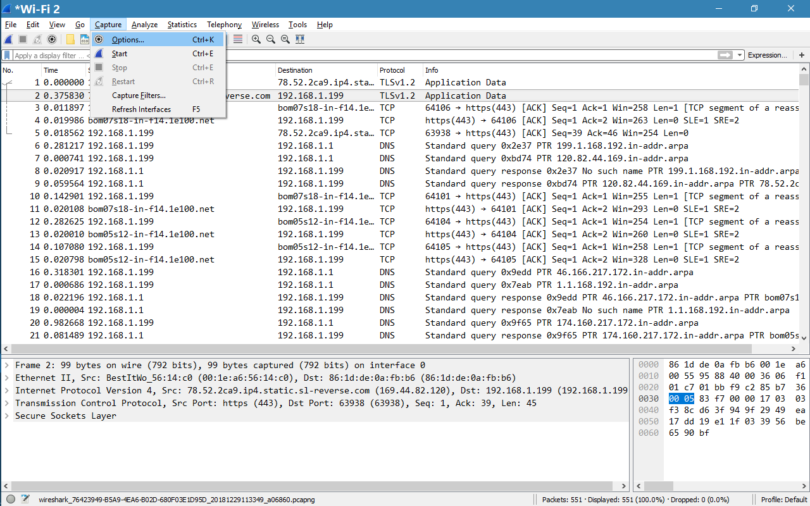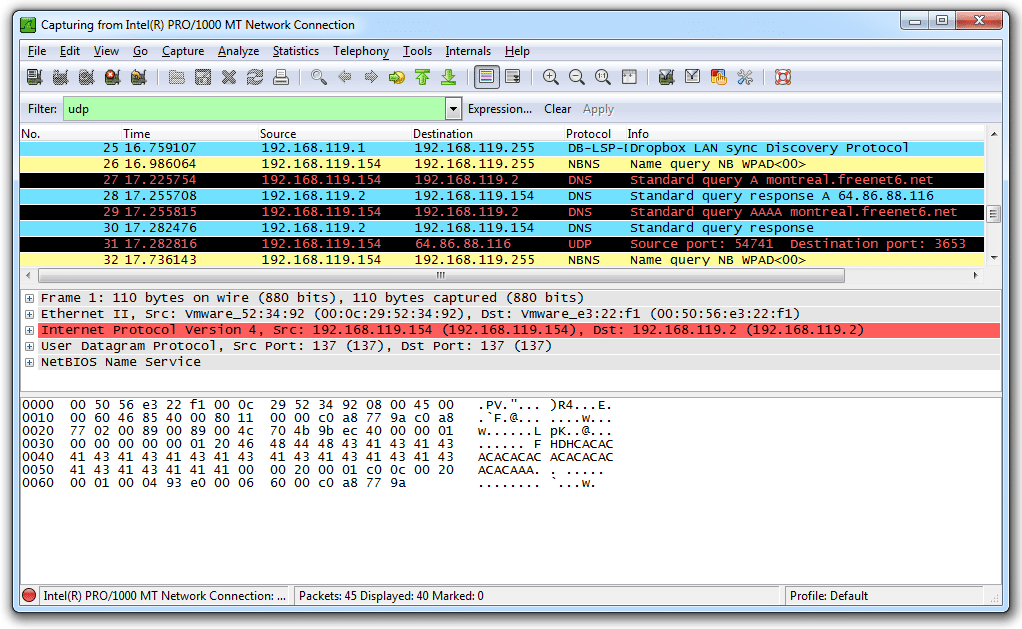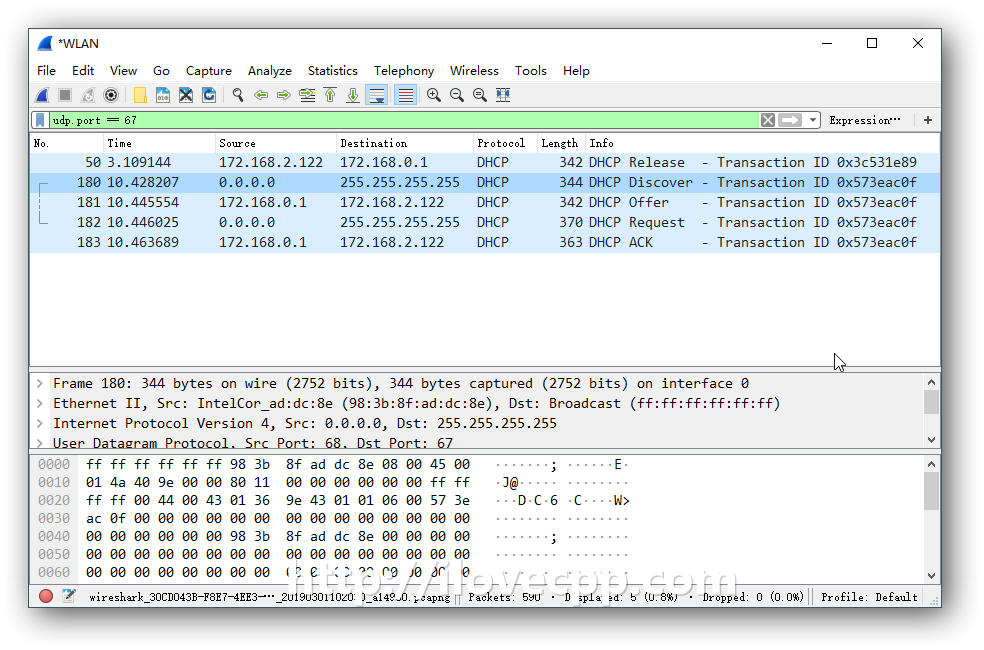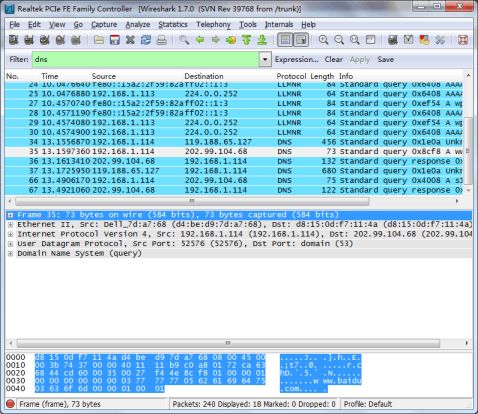


Bellow is a list of the most common type of filtering. The filtering capabilities are very powerful and complex, there are so many fields, operators and options and their combination becomes overwhelming. Fortunately, wireshark has display filters so that we can search for specific traffic or filter out unwanted traffic, so that our task becomes easier. The graph, as shown in Figure 6, depicts the result of the HTTP responses (delta time).Wireshark takes so much information when taking a packet capture that it can be difficult to find the information needed. Step 7: In order to display only the HTTP response, add a filter http.time >=0.0500 in the display filter. Step 6: To calculate the delta (delay) time between request and response, use Time Reference ( CTRL-T in the GUI) for easy delta time calculation. > I/O graph Figure 6: Visualisation of HTTP responses Syntax: http.time >= 0.050000 Figure 5: Statistics. Step 5: Create a filter based on the response time as shown in Figure 4, and visualise the HTTP responses using an I/O graph as shown in Figure 5.
Procedure: Right-click on any HTTP response packet -> Protocol preference -> uncheck ‘Reassemble HTTP headers spanning multiple TCP segments’ and ‘Reassemble HTTP bodies spanning multiple TCP segments’. If ‘Allow sub-dissector to reassemble TCP streams’ is on and the HTTP reassembly preferences have been left at their defaults (on), http.time will be the time between the GET request and the last packet of the response.  If the TCP preference ‘Allow sub-dissector to reassemble TCP streams’ is off, the http.time will be the time between the GET request and the first packet of the response, the one containing ‘OK’. Go to Protocol preference and then uncheck the sub-dissector to reassemble TCP streams (marked and shown in Figure 3). Step 4: In order to view the response of HTTP, right-click on any response packet (HTTP/1.1). Syntax: ip.addr= 91.198.174.192 & ip.addr = 192.168.155.59 Figure 3: Allow sub-dissector to reassemble TCP streams Figure 4: Response time Start filtering the IP of (a simple traceroute or pathping can reveal the IP address of any Web server) and your local PC IP (a simple ipconfig for Windows and ifconfig for Linux can reveal your local PC IP). Step 3: We now filter the requests and response sent from the local PC to Wikipedia and vice versa. Now filter all the HTTP packets as shown in Figure 2, as follows: syntax: http ‘200 OK’ implies that the response contains a payload, which represents the status of the requested resource (the request is successful). Step 2: Here, we make a request to and, as a result, Wikipedia sends an HTTP response of ‘200 OK’, which indicates the requested action was successful.
If the TCP preference ‘Allow sub-dissector to reassemble TCP streams’ is off, the http.time will be the time between the GET request and the first packet of the response, the one containing ‘OK’. Go to Protocol preference and then uncheck the sub-dissector to reassemble TCP streams (marked and shown in Figure 3). Step 4: In order to view the response of HTTP, right-click on any response packet (HTTP/1.1). Syntax: ip.addr= 91.198.174.192 & ip.addr = 192.168.155.59 Figure 3: Allow sub-dissector to reassemble TCP streams Figure 4: Response time Start filtering the IP of (a simple traceroute or pathping can reveal the IP address of any Web server) and your local PC IP (a simple ipconfig for Windows and ifconfig for Linux can reveal your local PC IP). Step 3: We now filter the requests and response sent from the local PC to Wikipedia and vice versa. Now filter all the HTTP packets as shown in Figure 2, as follows: syntax: http ‘200 OK’ implies that the response contains a payload, which represents the status of the requested resource (the request is successful). Step 2: Here, we make a request to and, as a result, Wikipedia sends an HTTP response of ‘200 OK’, which indicates the requested action was successful. 
Figure 1: Interface selection Figure 2: Filtering HTTP Refer to the bounding box in Figure 1 for available interfaces. Step 1: Start capturing the packets using Wireshark on a specified interface to which you are connected.








 0 kommentar(er)
0 kommentar(er)
